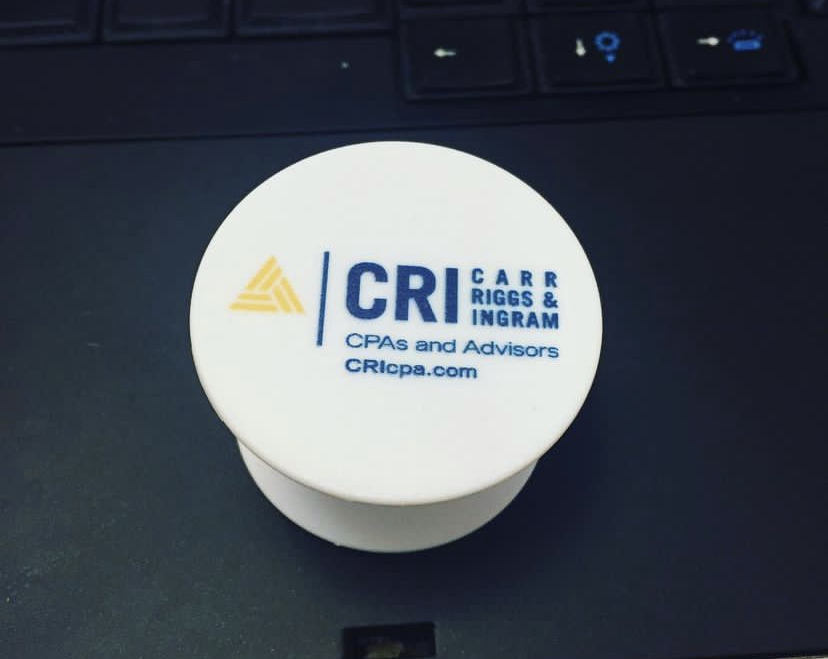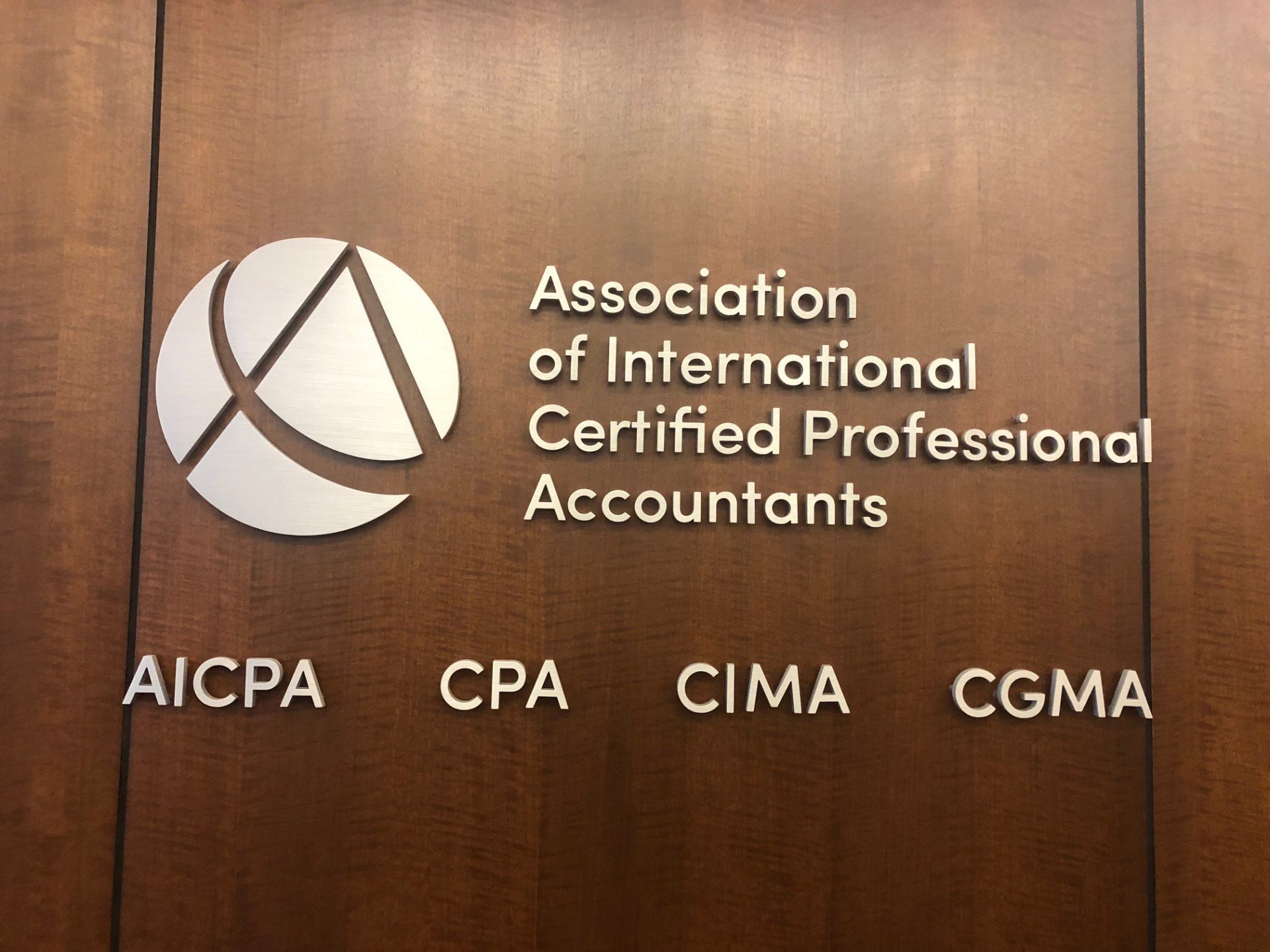By Miguel Perez.
As we move toward 2025, the importance for CPA firms to leverage technology for streamlined operations and enhanced productivity has never been more critical. Staying ahead in a rapidly evolving industry requires embracing automation to transform audit processes, enhance collaboration and drive growth. What should CPA firms be doing right now in this ever-changing landscape? Let’s explore how to revolutionize your practice through intelligent automation.
Embracing Technology to Streamline Operations
The accounting industry is undergoing a significant shift toward digital transformation,driven by the need for greater efficiency, accuracy and agility. As CPA firms grapple with increasing client demands, complex regulatory requirements and intense competition, the adoption of automation technologies has become essential. Many firms still rely heavily on manual processes, which can severely hinder their ability to meet these challenges effectively. These outdated methods often result in time-consuming and repetitive tasks, a high risk of errors, inefficient use of skilled professionals’ time and difficulty in scaling operations. By embracing automation, your firm can achieve systemized workflows that are more accurate and uniform, freeing up staff for higher-value tasks and ultimately enhancing client satisfaction and retention.
Addressing Challenges Through Intelligent Automation
To kick off this process, effective automation requires clean, centralized data. So how do you achieve this? First, and arguably foremost, ensure your CRM data is accurate and relevant. Clean up entries and automate workflows for sending CRM data to other applications. A powerful example is automating the change when a client transitions from prospect to customer. This shift in the CRM should trigger the creation of the customer record in all the different software applications the firm uses with the client. Standardize your data management process by clearly defining roles related to data entry and maintenance, conducting regular audits of your data and training staff on the importance of data integrity. These steps will boost your team’s productivity and allow them to focus on higher-value tasks.
Additionally, Microsoft Power Automate is an effective tool for running automated workflows with no deep knowledge of coding. You can automate activities such as creating folders, setting up project timelines and assigning tasks when a new client is added to your CRM. You may also generate invoices based on time entries or project milestones and send them out for immediate payment or route any document for review and approval based on predetermined rules.
Implementing Effective Practices
Successfully implementing automation in your firm requires a strategic approach that involves multiple stakeholders and careful planning. Begin by forming a cross-functional team for process improvement. This team, consisting of representatives from IT, audit, tax and other key departments, will be instrumental in driving your firm’s automation journey. Remember, this isn’t a one-time project. It’s a continuous journey of improvement, where each step brings your firm closer to its full potential.
Implementation strategies should begin with assessing your current processes for repetitive and time-consuming tasks ready for automation. Begin by prioritizing projects based on potential impact versus the ease of their implementation, starting small and scaling up by initiating pilot projects to prove value. Invest in change management by allocating resources for training and support services to ensure successful adoption.
Having an Impact
The results of doing all of this can be transformative. For instance, firms can reduce client onboarding time substantially through automated document collection and processing. Firms can increase capacity without any additions to staff through the automation of routine compliance tasks. Client response time can be noticeably improved by automated notification systems.
Recognizing the need for broader automation, industry trends suggest the adoption of cloud-based, integrated workflow solutions for secure anytime access to audit documentation, AI-powered tools for rebuilding audit documentation and delivering actionable insights and workflow automation to implement new standards effectively.
While comprehensive automation tools offer various functionalities, starting with lease accounting automation can be a strategic first step. This targeted approach allows firms to:
- Address a complex, time-consuming area of accounting
- Demonstrate quick wins to stakeholders
- Build a foundation for more extensive automation initiatives
By focusing on lease accounting initially, firms can gain valuable experience and set the stage for integrating more advanced automated solutions, ultimately leading to improved service delivery and a competitive edge in the marketplace.
The Road Ahead
Process automation is no longer a luxury for any CPA firm—it’s a requirement for being competitive in today’s market. By streamlining your workflows, enhancing accuracy and freeing up your team to focus on high-value work, you will be able to significantly improve firm performance and general customer satisfaction. The accounting profession is changing, and firms need to adapt to bring the value their clients need.
Ultimately, the question is no longer whether to automate, but how quickly and effectively you can implement these game-changing technologies. The future of accounting is here, and it’s automated. Is your firm ready to lead the way?
===
Miguel Perez is CPO at LeaseCrunch, an easy-to-use, automated lease accounting software that significantly reduces the time needed to transition, account for and maintain leases in compliance with lease accounting standards ASC 842, GASB 87, GASB 96, and IFRS 16.
Thanks for reading CPA Practice Advisor!
Subscribe Already registered? Log In
Need more information? Read the FAQs
Tags: Firm Management




